A major article in The New York Times about Metinvest Group’s enterprises, which, despite the war, continue to operate and are doing everything possible to ensure Ukraine’s victory.
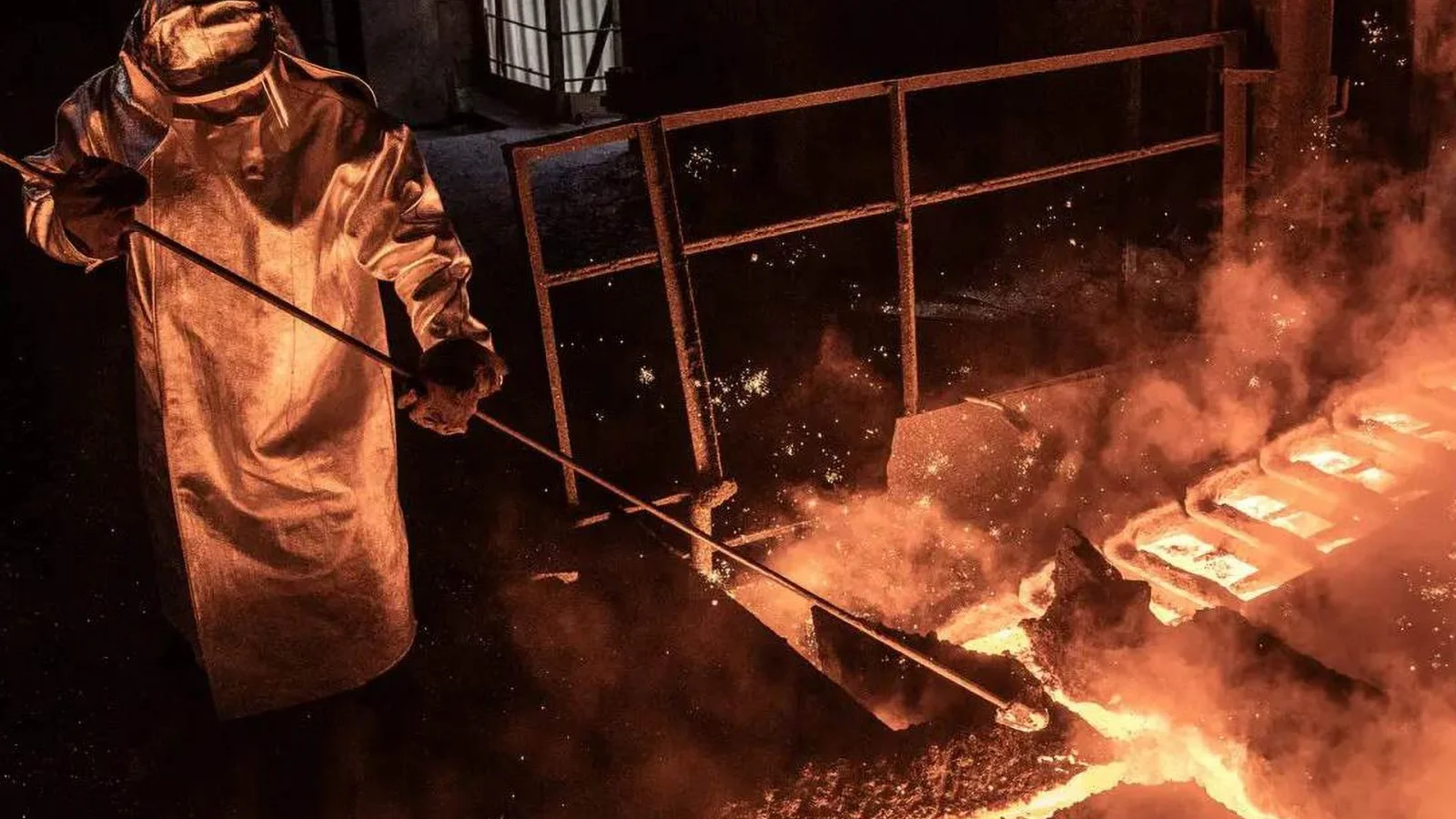
Photographs and Text by Finbarr O’Reilly
The iron- and steel-producing factories of Ukraine’s rust belt have made body armor and armored plates for vehicles — and steelworkers risked their lives rolling out heavy machinery at the beginning of the war to help physically block the Russian advance.
Inside the gloom of the vast Zaporizhstal* steel plant, a towering blast furnace wheezes like a giant black lung, inhaling chunks of iron ore, thermal coal and limestone, blending them at temperatures reaching several thousand degrees with oxygen-enriched air, and then exhaling vapor and molten metal.
Lava-like liquid oozes from the base of the furnace as soot-coated men in hooded reflective suits, thick gloves and protective visors steer the candescent flow with ladles the length of spears.
Sparks dance as caldrons of glowing pig iron are then poured into casts to make brick-size ingots in one of the many stages of iron and steel production at this plant in the Ukrainian city of Zaporizhzhia, where Zaporizhstal’s smokestacks dominate the skyline.
The iron- and steel-producing regions of southern and central Ukraine’s rust belt have long been an economic engine for the country, but Russia’s invasion has battered the industry and forced it onto a war footing. The factories have made body armor, armored plates for vehicles, hedgehogs — spiky X-shaped street barricades — and steelworkers risked their lives rolling out heavy machinery at the beginning of the war to build fortifications to physically block the Russian advance.
“The Steel Heart of Ukraine,” as it is known, has been a driving force behind the country’s resistance.
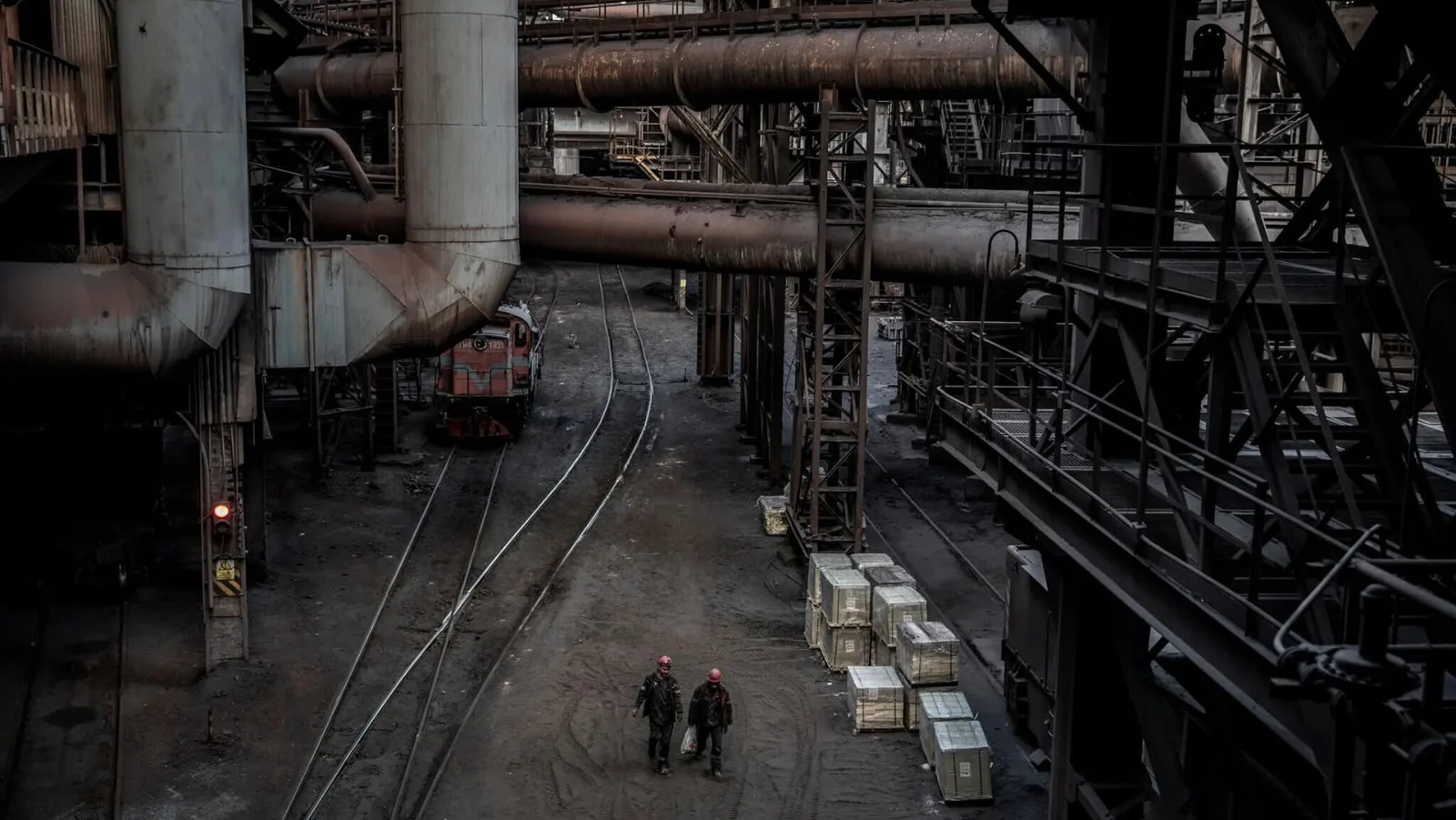
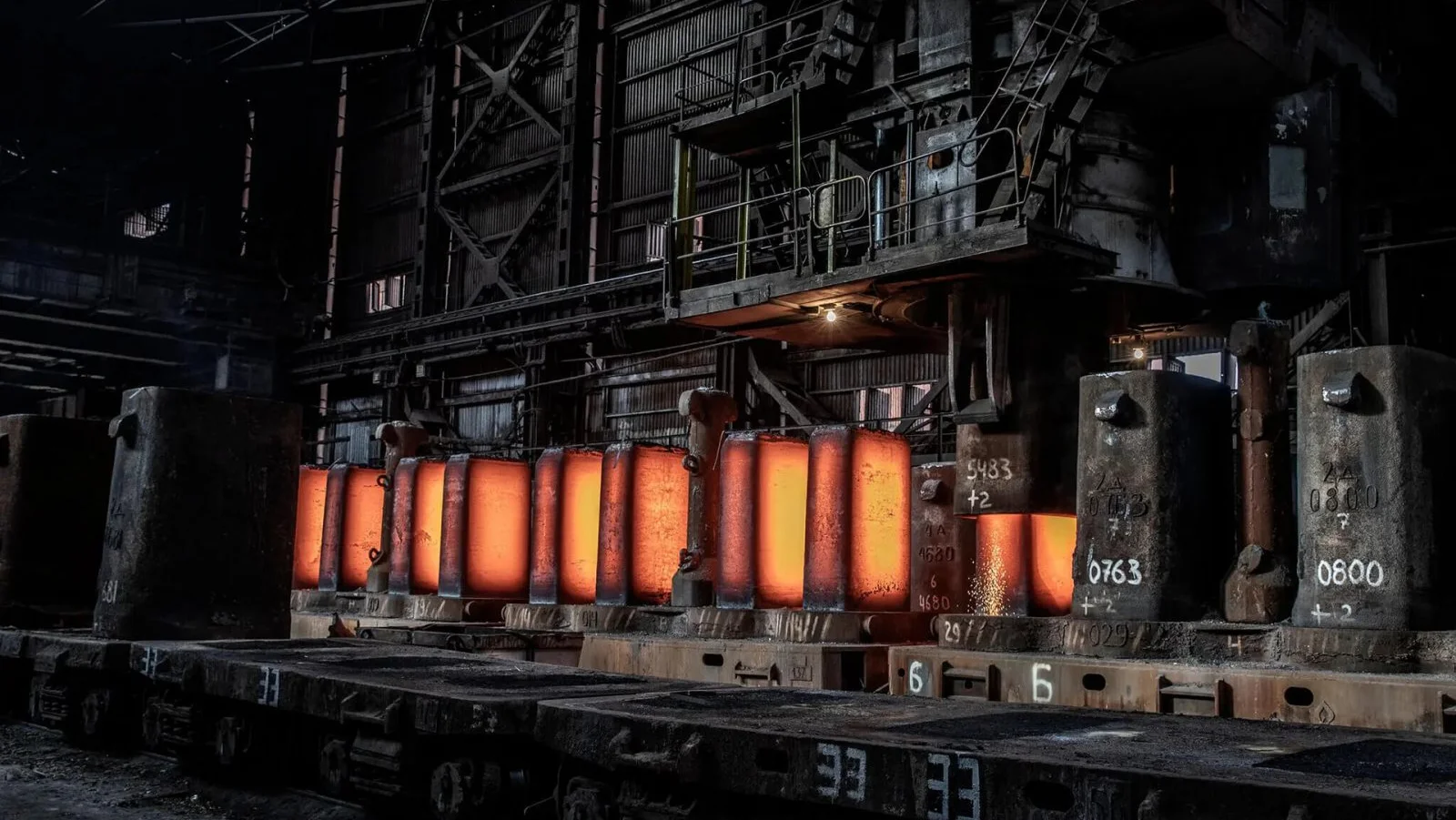
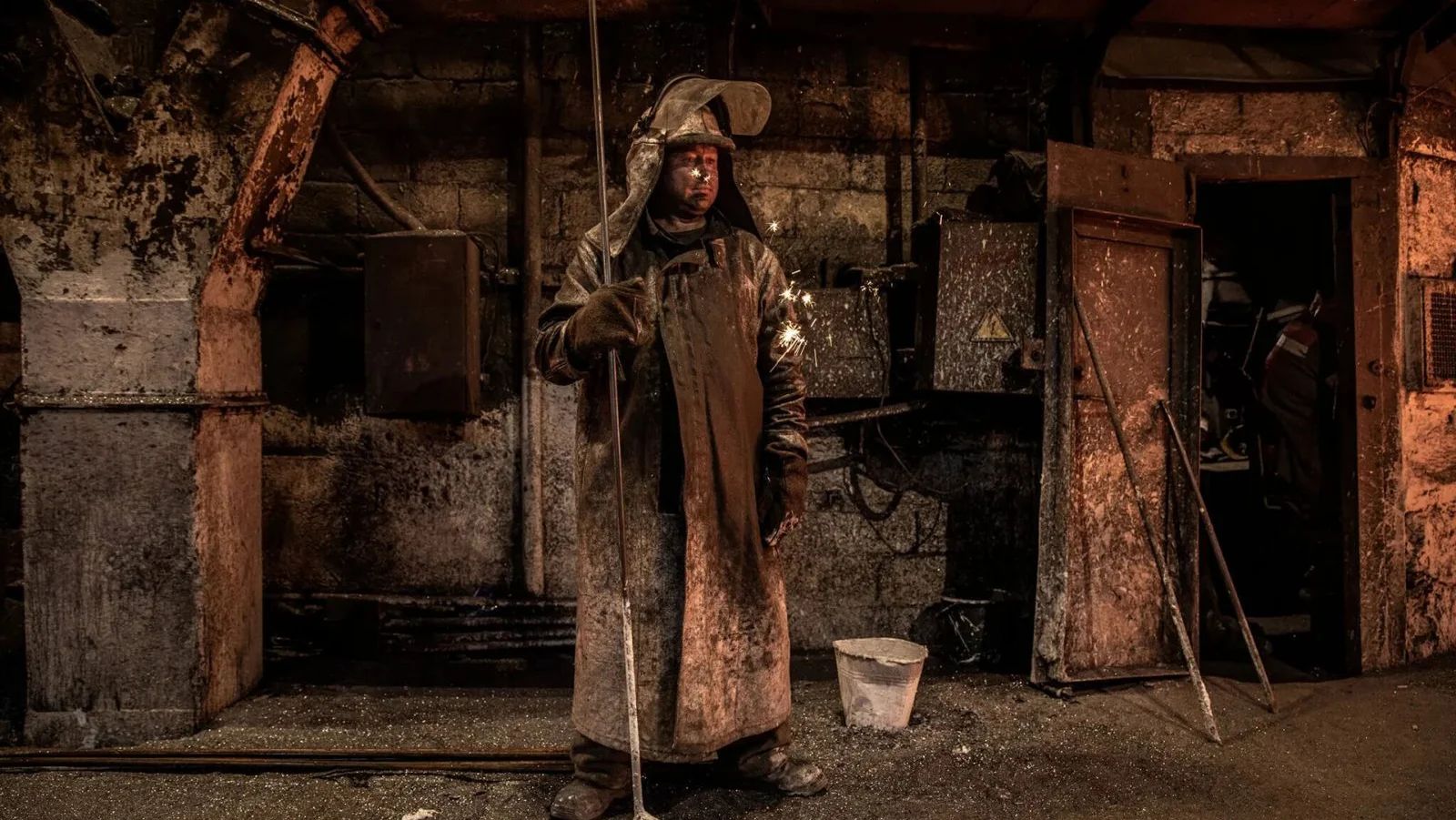
“We are trying to protect our country,” said Zaporizhstal’s chief executive, Oleksandr Myronenko (his role at the time of the interview, Oleksandr is now COO of Metinvest Group – ed.) [1] explaining how steelworkers have also joined the army or doubled as humanitarian volunteers. “If we don’t, we will lose our home. That’s why there is one collective aim now in Ukraine.”
Invaders have always coveted Ukraine’s industrial heartlands. During World War II, Hitler briefly occupied parts of the prized iron and steel regions, but his forces were ousted by the Soviet Army. Now, it’s the Russians who have seized plants in the Donbas region, and, when they came for Zaporizhzhia in February 2022, the Zaporizhstal plant shut down for a month for the first time since the Nazi occupation.
The Russians never made it to Zaporizhzhia; Ukrainian forces blocked them from taking the city. But Moscow’s forces do occupy some southern parts of the Zaporizhzhia region.
Only two of Zaporizhstal’s four blast furnaces have since resumed operation (this was the case when the author visited the plant, one more blast furnace has since resumed operation – ed.)[2] , reflecting its diminished output since Russia’s invasion. But this war has forged Ukraine’s steel plants into legend. During the siege of Mariupol, Ukrainian forces held out under a withering Russian assault for weeks inside the warren of tunnels and nuclear bunkers at Azovstal Iron and Steel Works, turning the battle into a symbol of Ukraine’s fighting spirit.
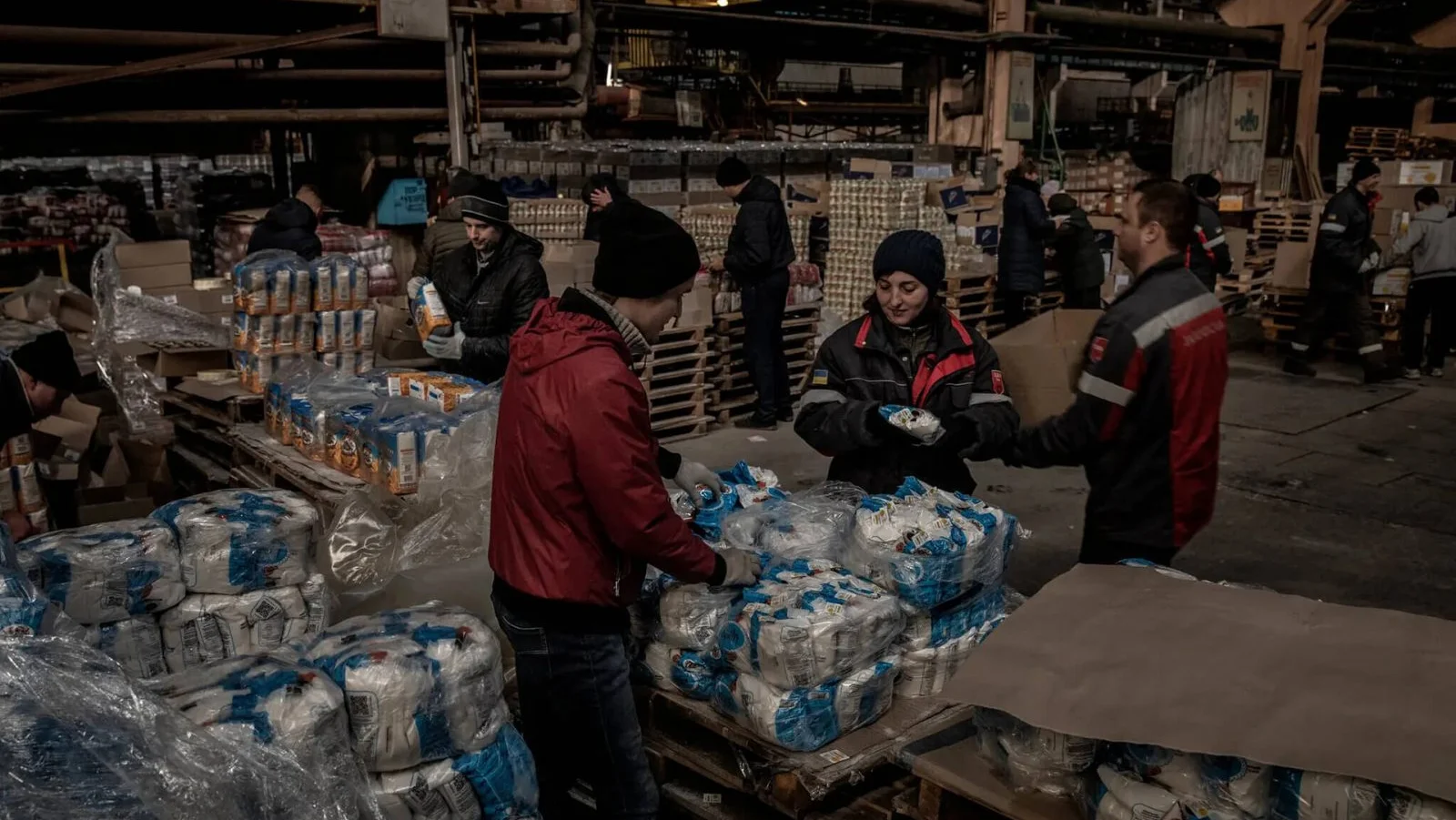
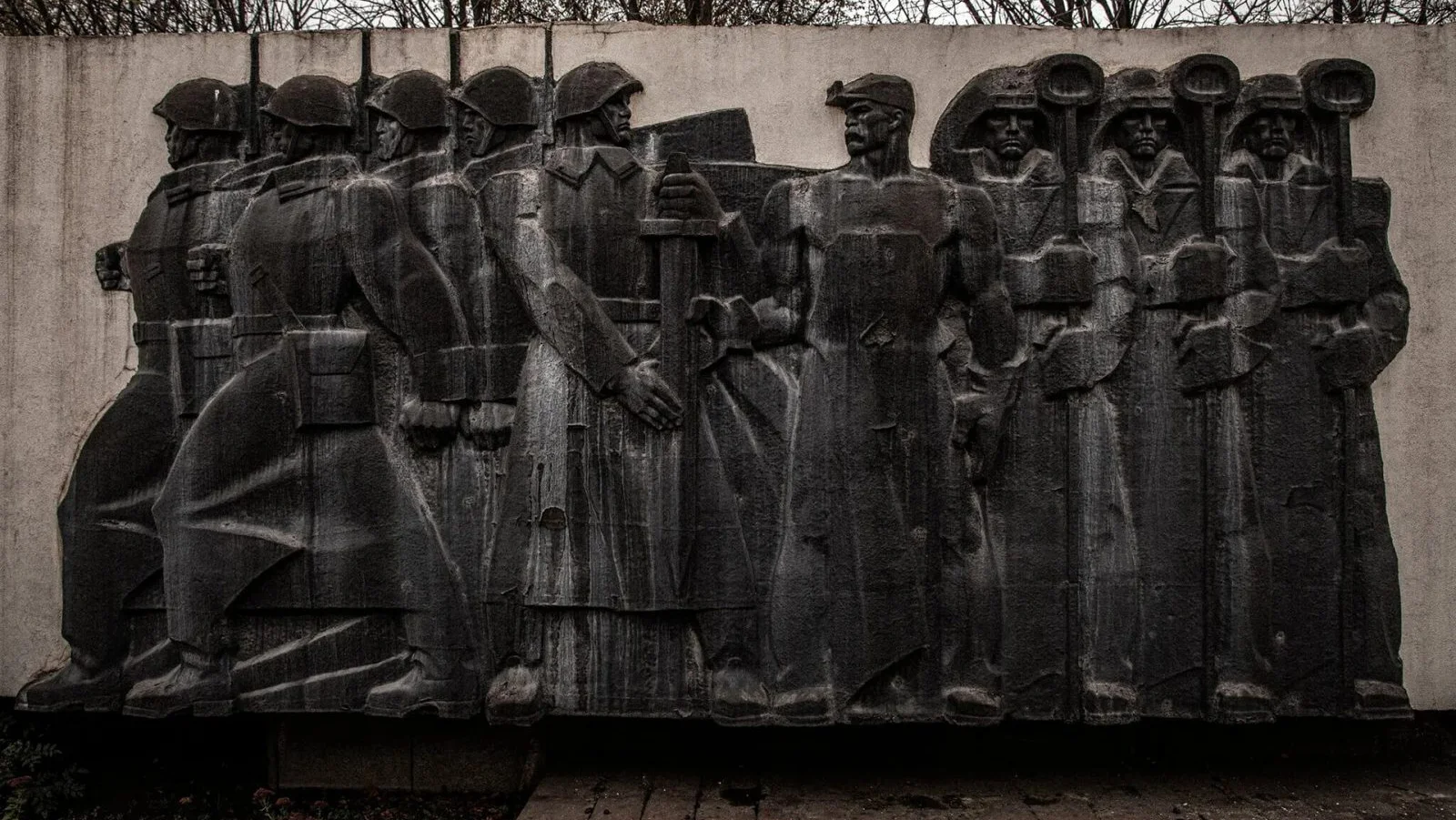
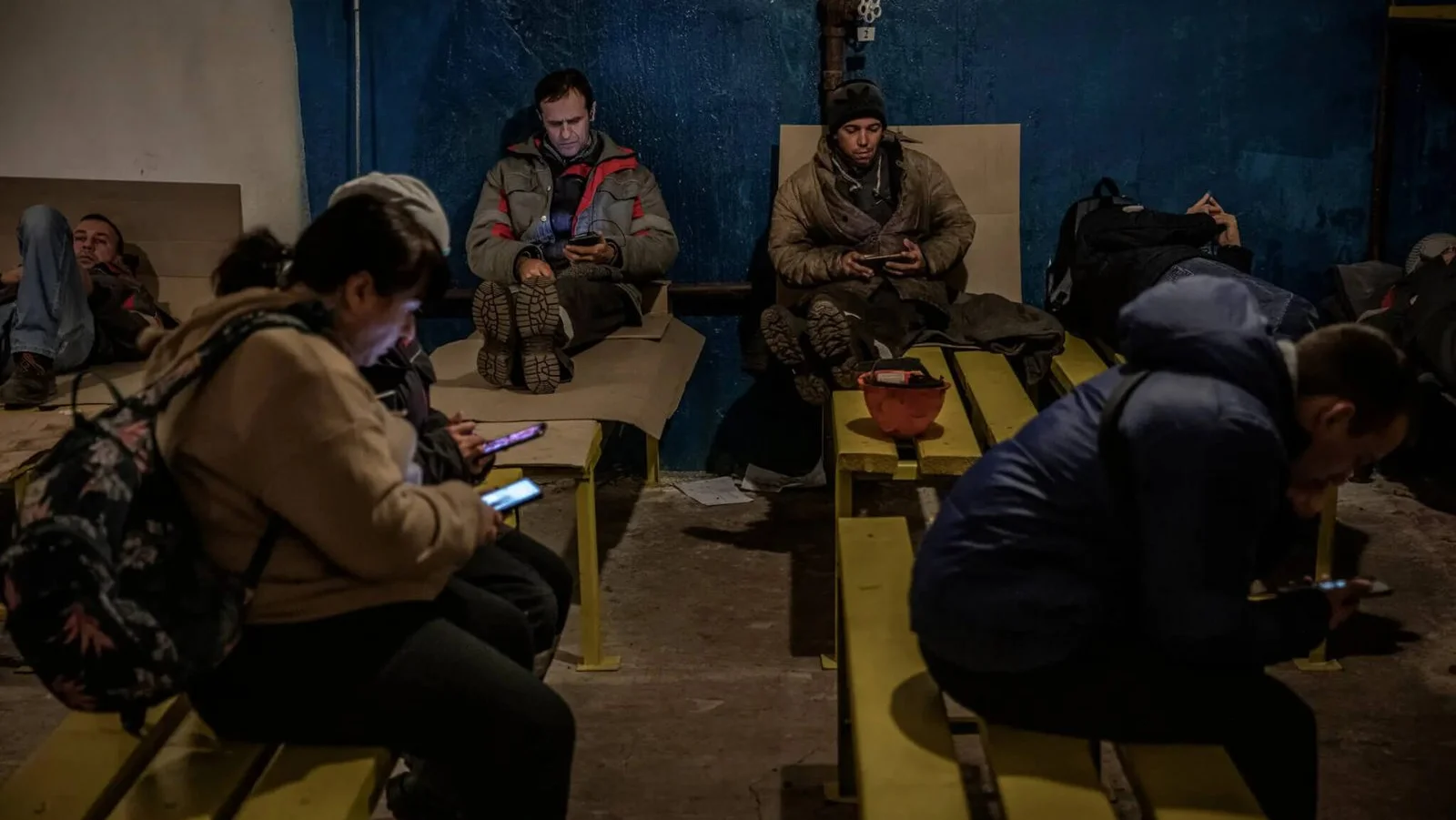
Destroyed by Russian bombardment, Azovstal and Ilyich Steel, another Mariupol plant, are now behind enemy lines. Before the invasion, they were Ukraine’s two largest metallurgical plants, accounting for 41 percent of steel production. Like Zaporizhstal, both plants are run by Metinvest, Ukraine’s largest private company, controlled by the country’s richest man, Rinat Akhmetov.
Steel is the most commonly used metal in the world, with nearly two billion tons manufactured globally each year. Smelted iron is the main component of steel, used in construction, vehicles, furniture, plumbing, computers, energy infrastructure and weapons — including the shells being forged in the United States for use in artillery across Ukraine.
Metallurgical production is Ukraine’s second-leading industry after agriculture, making up 20 percent of foreign exports. But the country’s steel production, which was ninth in the world in 2021, plummeted by 70 percent in 2022, mainly because of the destruction of major plants, Ukrmetprom, the steel makers association, said in January.
Despite the losses, Metinvest has spent nearly 3 billion hryvnias (about $81 million) contributing to the war effort since the invasion in February 2022, according to Mr. Myronenko.
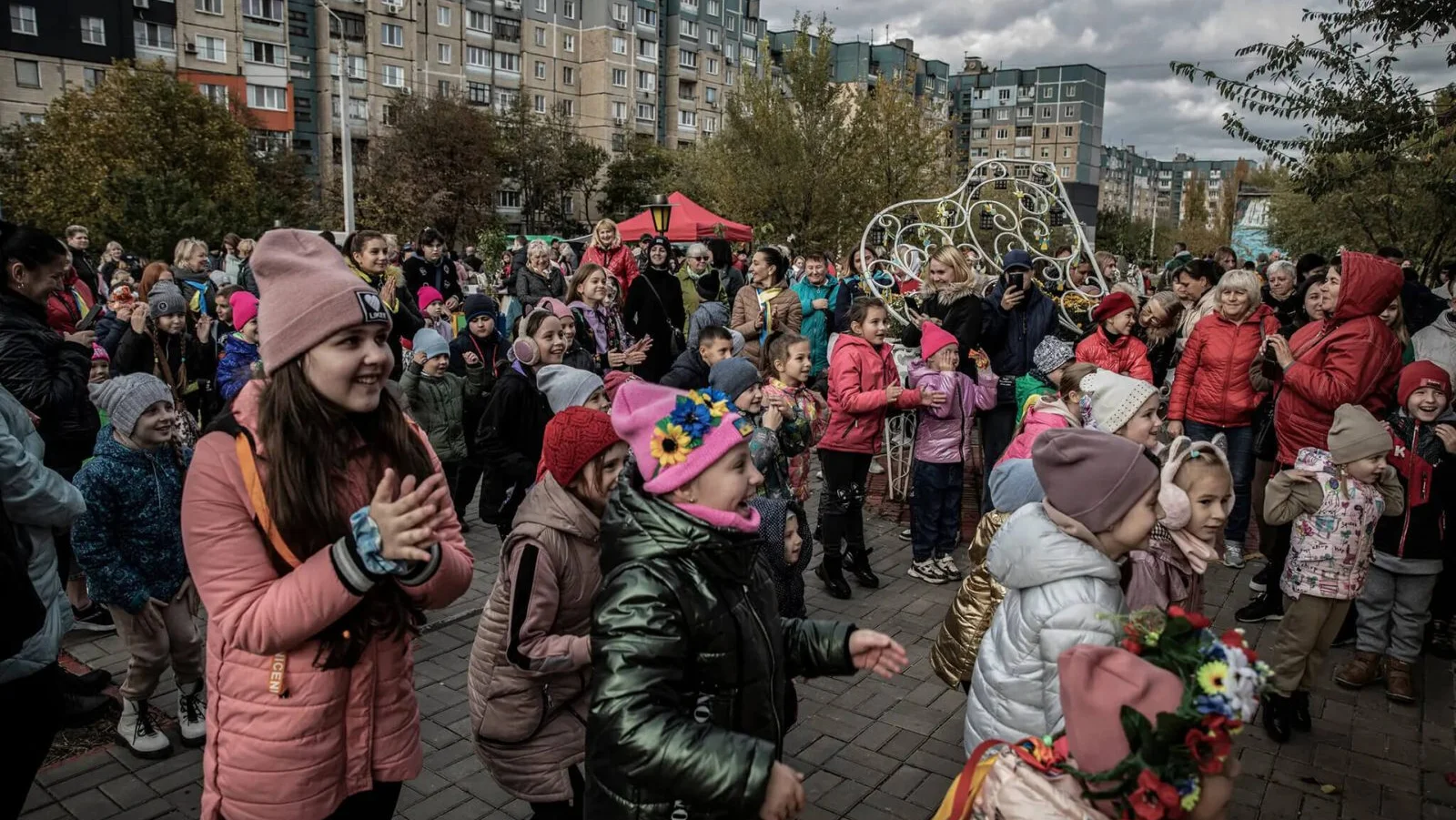
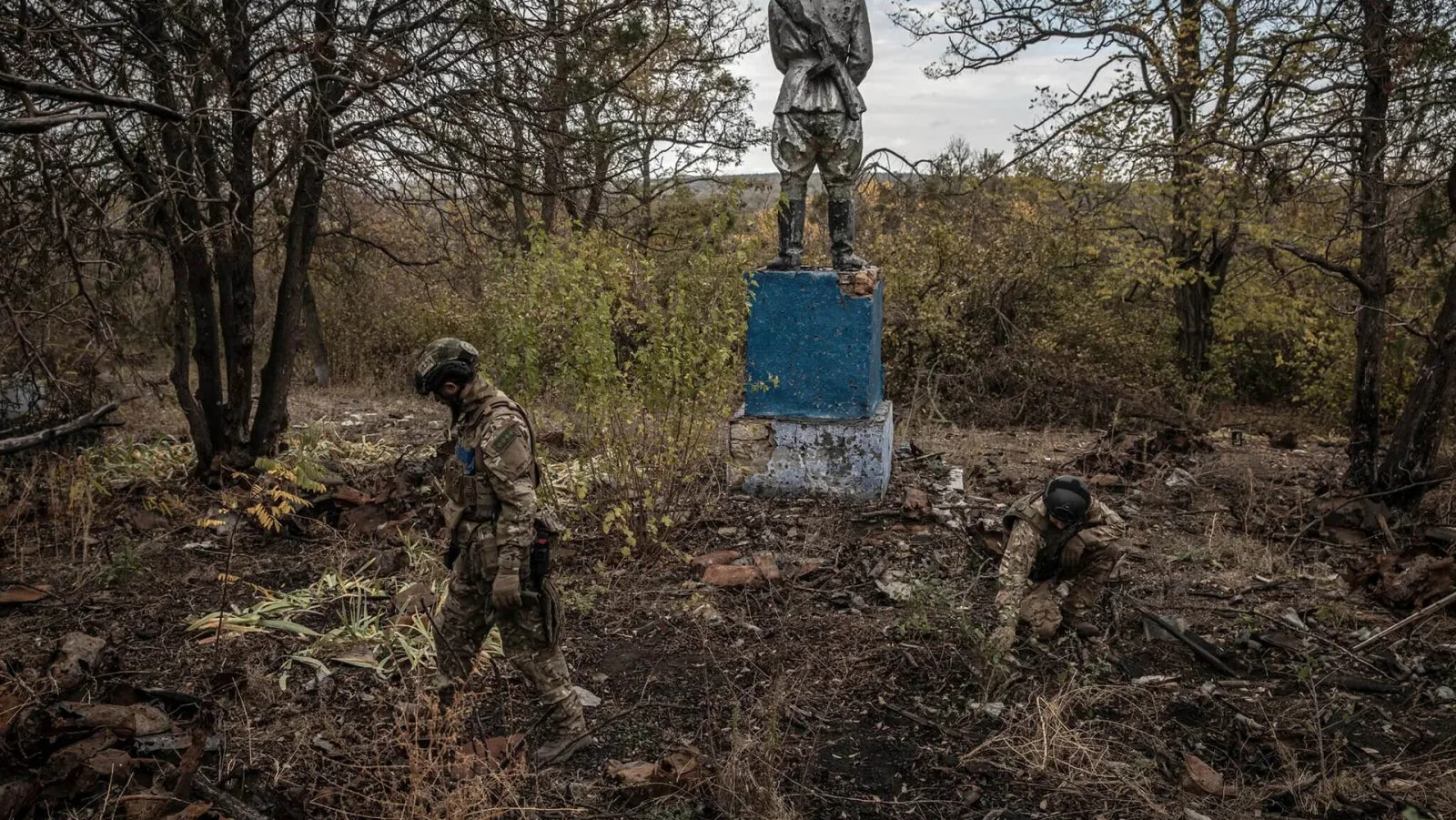
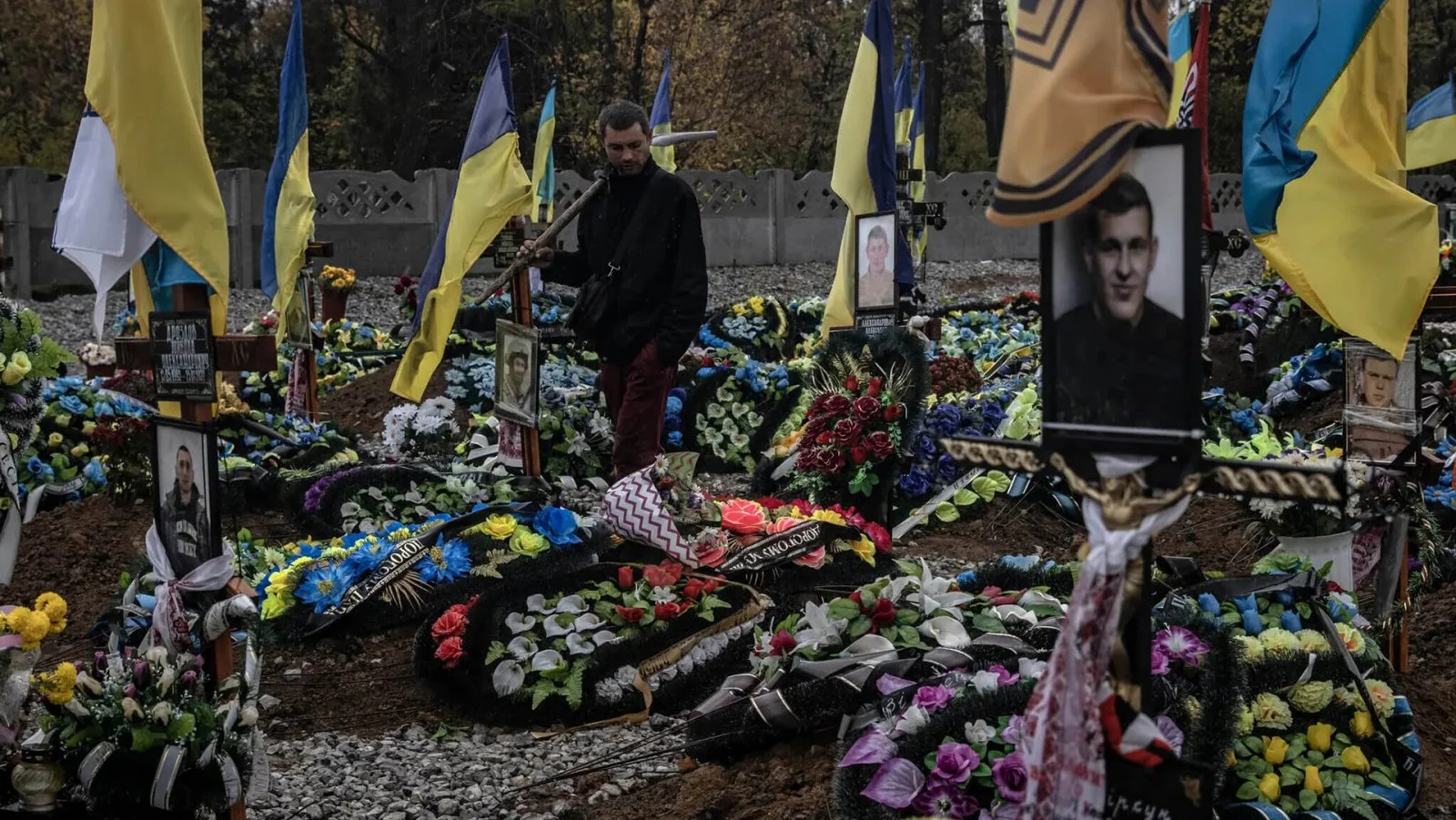
Ukraine’s iron ore deposits — the fifth largest in the world — have sustained families like the Mashchenkos for generations. While steel production is spread across the east and south, most mines are concentrated around the central city of Kryvyi Rih, the hometown of President Volodymyr Zelensky.
The region’s earth is so rich in iron that a layer of rust-color dust cloaks the city, which is almost 60 miles long and 16 miles wide. The extractive industry employs nearly two-thirds of the city’s work force, many of whom live in Soviet-stye block tenements, some adorned with towering mosaics of steelworkers.
Metinvest excavates ore at several sites in Kryvyi Rih, including the Hleyuvatka open pit mine, a giant terraced crater spanning three miles and running as deep as several football fields. Giant yellow trucks that grind up dirt roads can carry loads equal to 40 elephants. Against the scale of the mine, the trucks look as tiny as ants.
The city remains within the cross hairs of Russian missiles and has been hit by waves of regular bombardment targeting infrastructure across the country. Russia’s naval blockade of Ukraine’s Black Sea ports has also hampered the country’s ability to ship its most valuable exports — steel, grain and fertilizer — to international markets, creating food shortages, inflating prices and spurring global insecurity.
A United Nations-brokered deal has allowed the export of some of Ukraine’s vast production of wheat, corn and sunflower oil, boosting world food supplies and the nation’s wartime economy. But shipments of iron ore and steel, which are normally exported on massive cargo vessels, have stopped entirely.
Production must now be exported by rail — a much more expensive and logistically challenging alternative. Global steel prices also plummeted in 2022 when China, the world’s top consumer, slashed demand during strict Covid lockdowns. Compounding matters, much of the coal used to power blast furnaces is now under Russian control or is mined close to the front line.
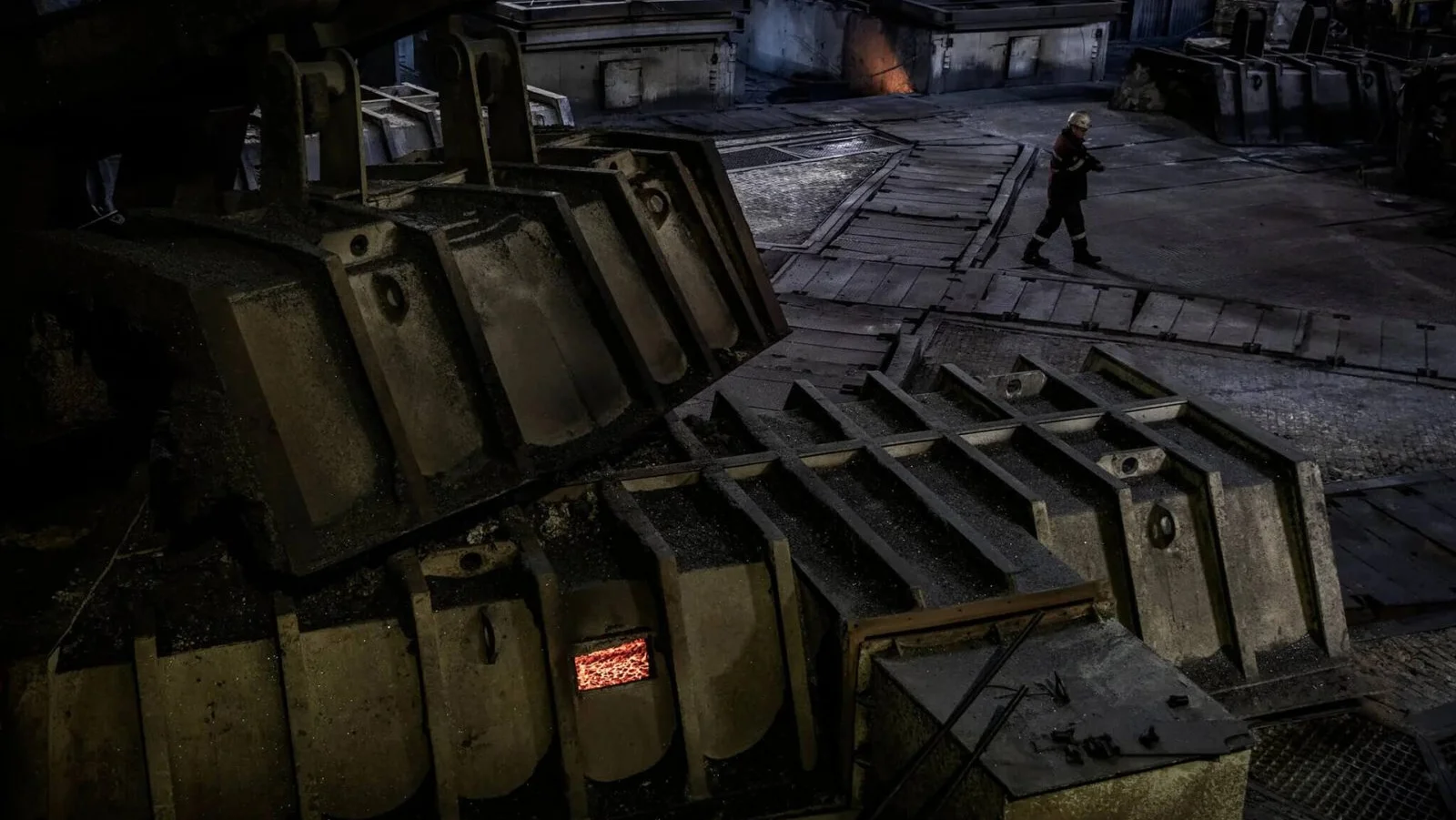
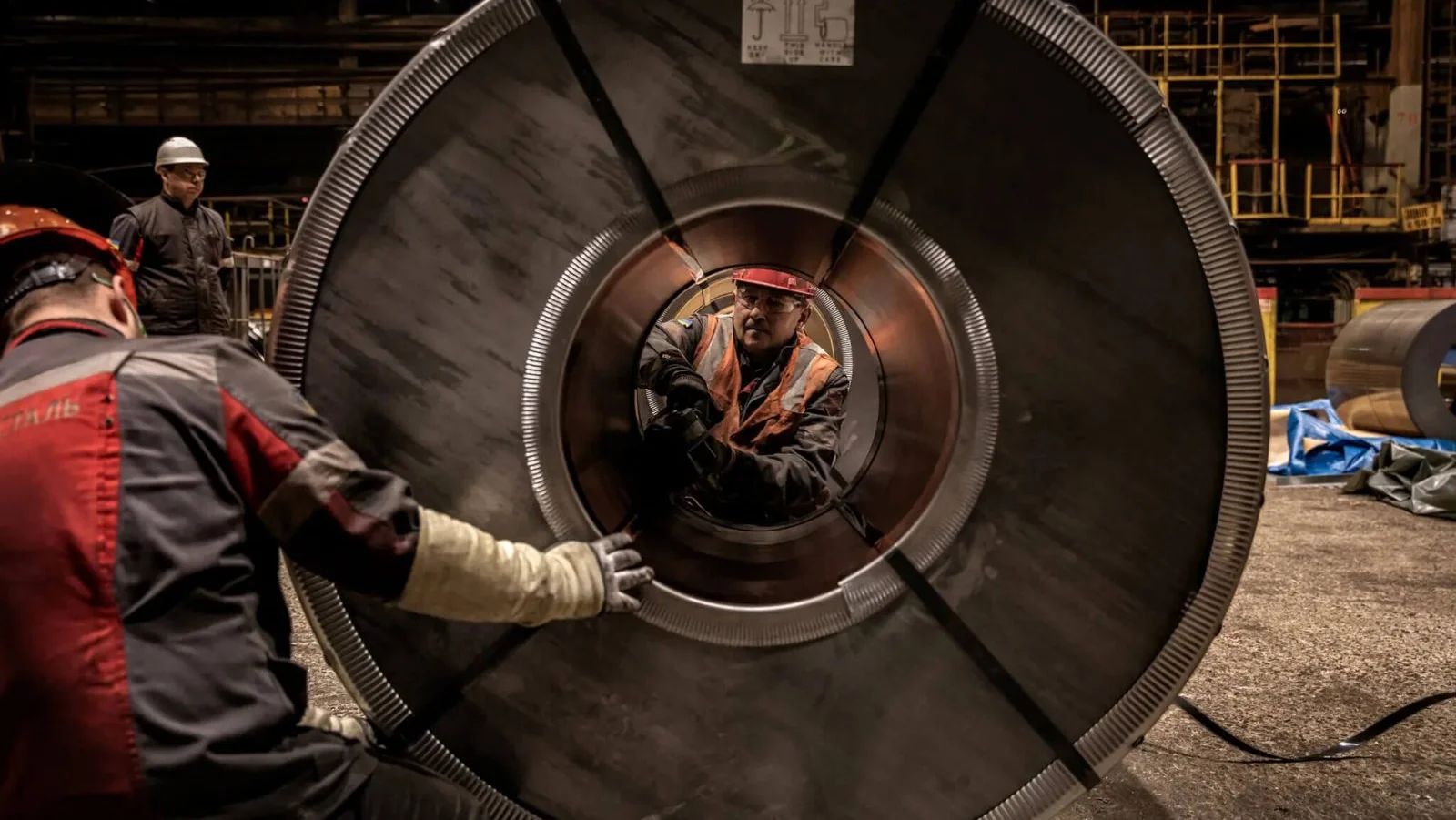
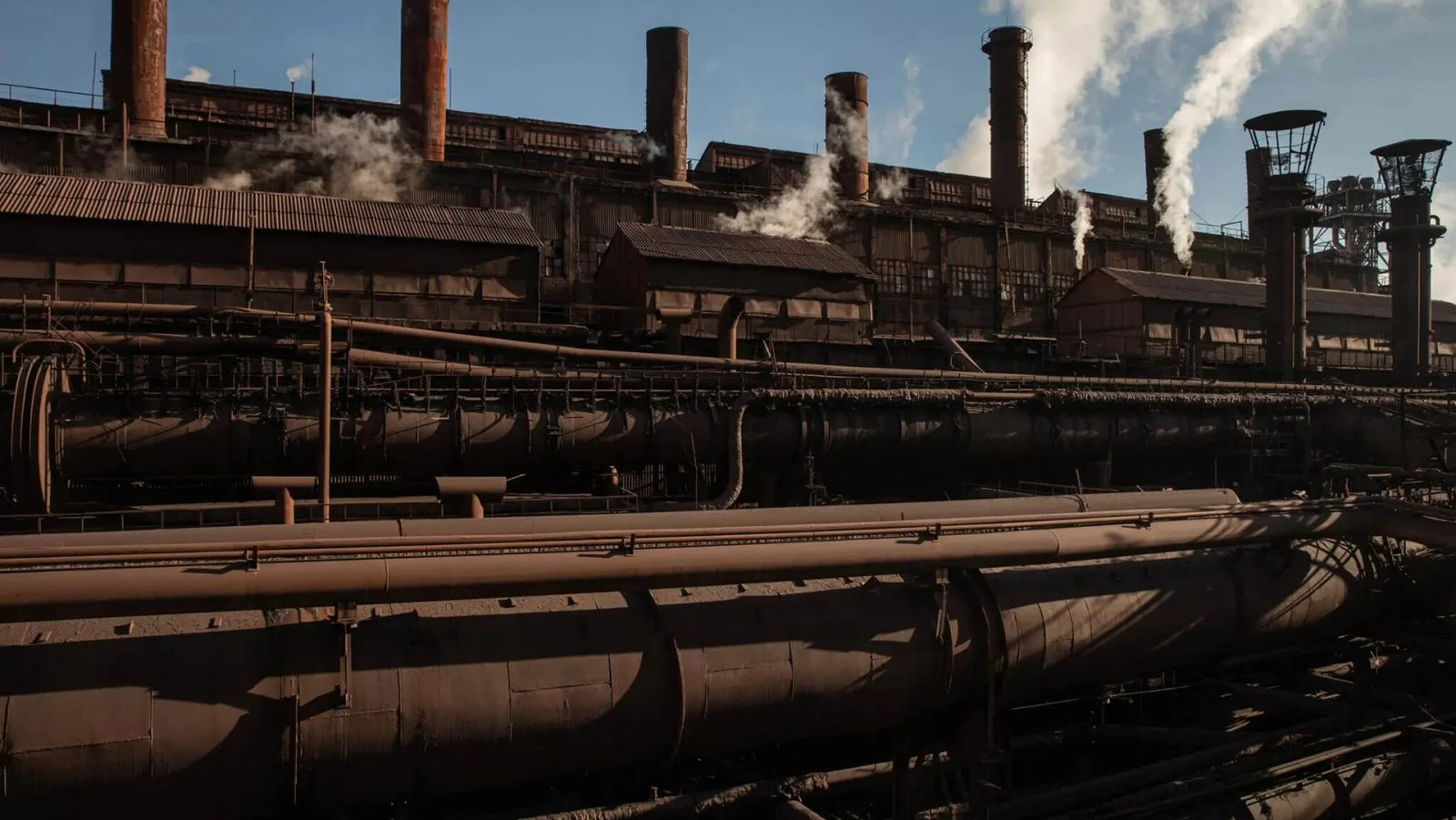
Oleksiy Mashchenko, a foreman overseeing a team of 15 steel makers working the blast furnace, is one of Metinvest’s volunteers who are organizing and delivering humanitarian supplies to villages in the gray zones close to the front lines, even as his own family relocates most nights from Zaporizhzhia to avoid Russian bombardment. When the bombing becomes too intense, Mr. Mashchenko drives his wife and daughter 30 minutes outside the city to their country cottage.
One recent frigid evening, Mr. Mashchenko exchanged the daytime glow of the blast furnace for that of a wood stove in his garden, where he cooked a meal of kebabs for his family as they hunkered down against the cold. Bundled in a heavy coat, hat and fingerless gloves, his daughter Yaroslava, 10, played her flute by firelight.
“I never imagined we’d be sleeping out here in the wintertime every night,” said Mr. Mashchenko’s wife, Tetiana, who lost her job as a tailor when businesses closed down after Russia’s invasion. “In town, we were sleeping in the hallway of our apartment building or in the basement due to the bombing. It didn’t feel safe. We’re lucky; we have a summer house but lots of people don’t.”
Russia’s relentless assaults on civilian infrastructure, the energy sector and the economy seem only to have strengthened the resolve among Ukrainians such as the Mashchenkos.
“We don’t know when this war will end,” said Ms. Mashchenko, stroking Yaroslava’s hair at their cottage outside Zaporizhzhia. “We are just holding on and waiting for victory — and reconstruction. The world has been supporting us, and we believe everything will be OK.”
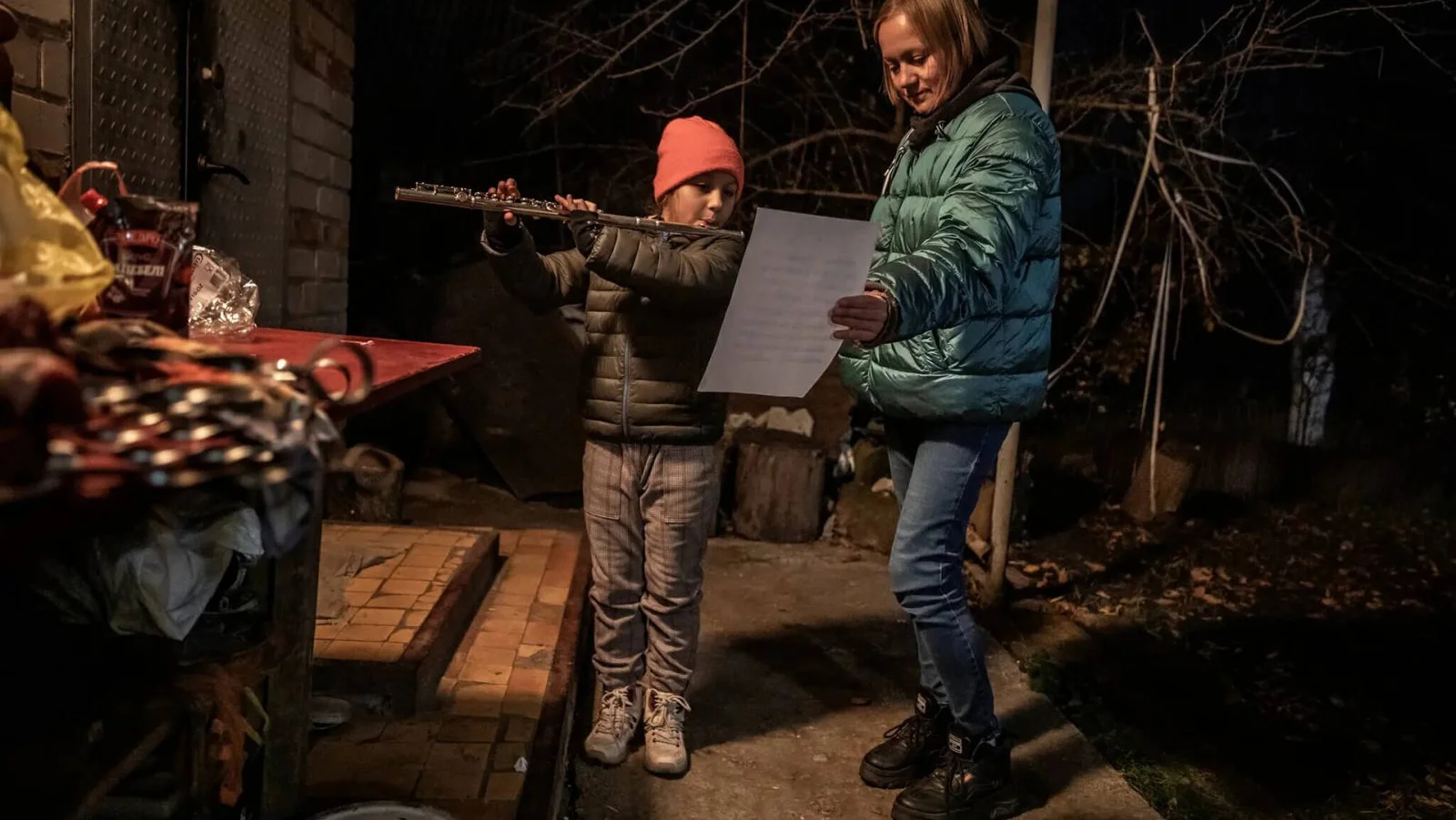
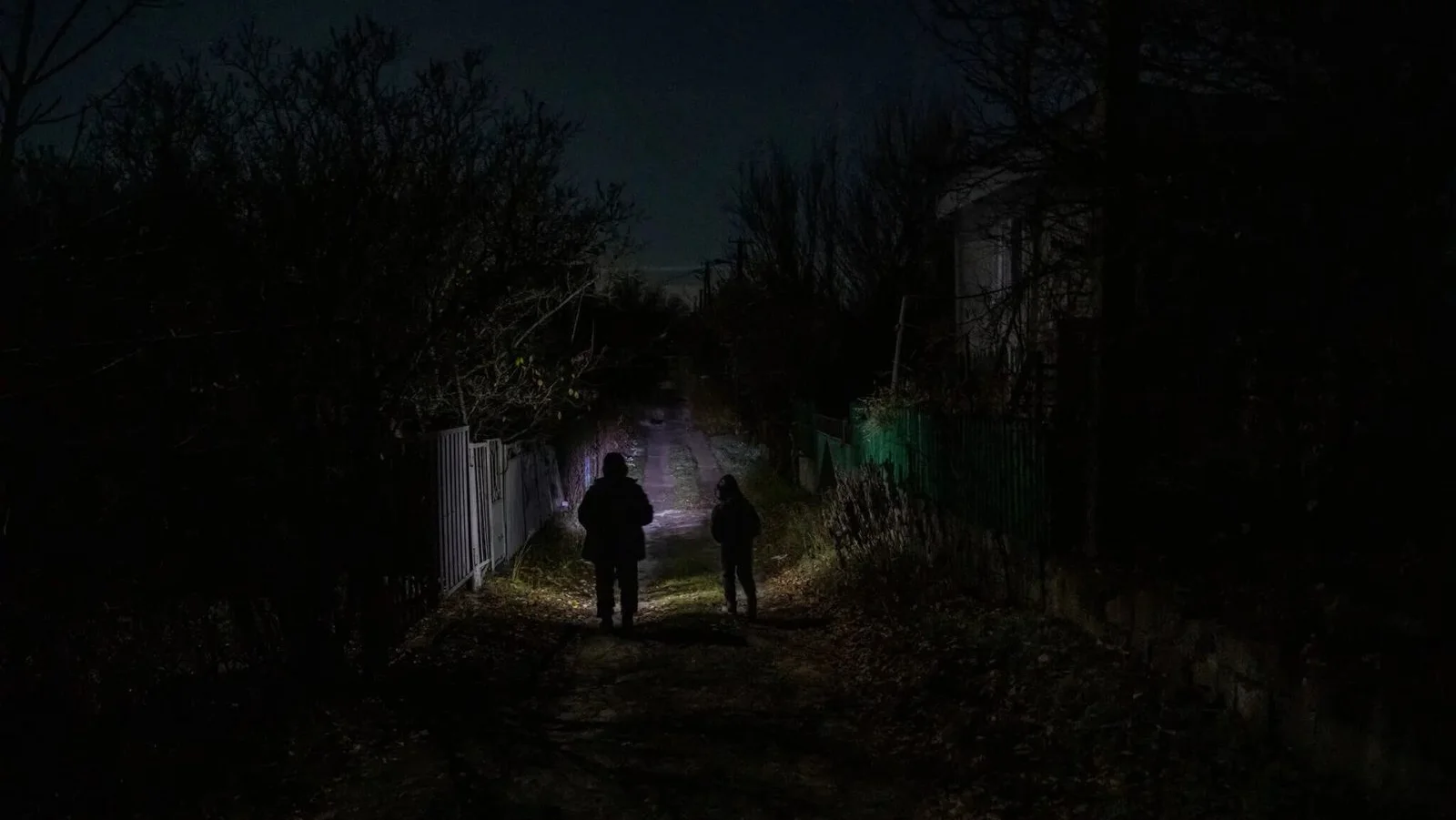
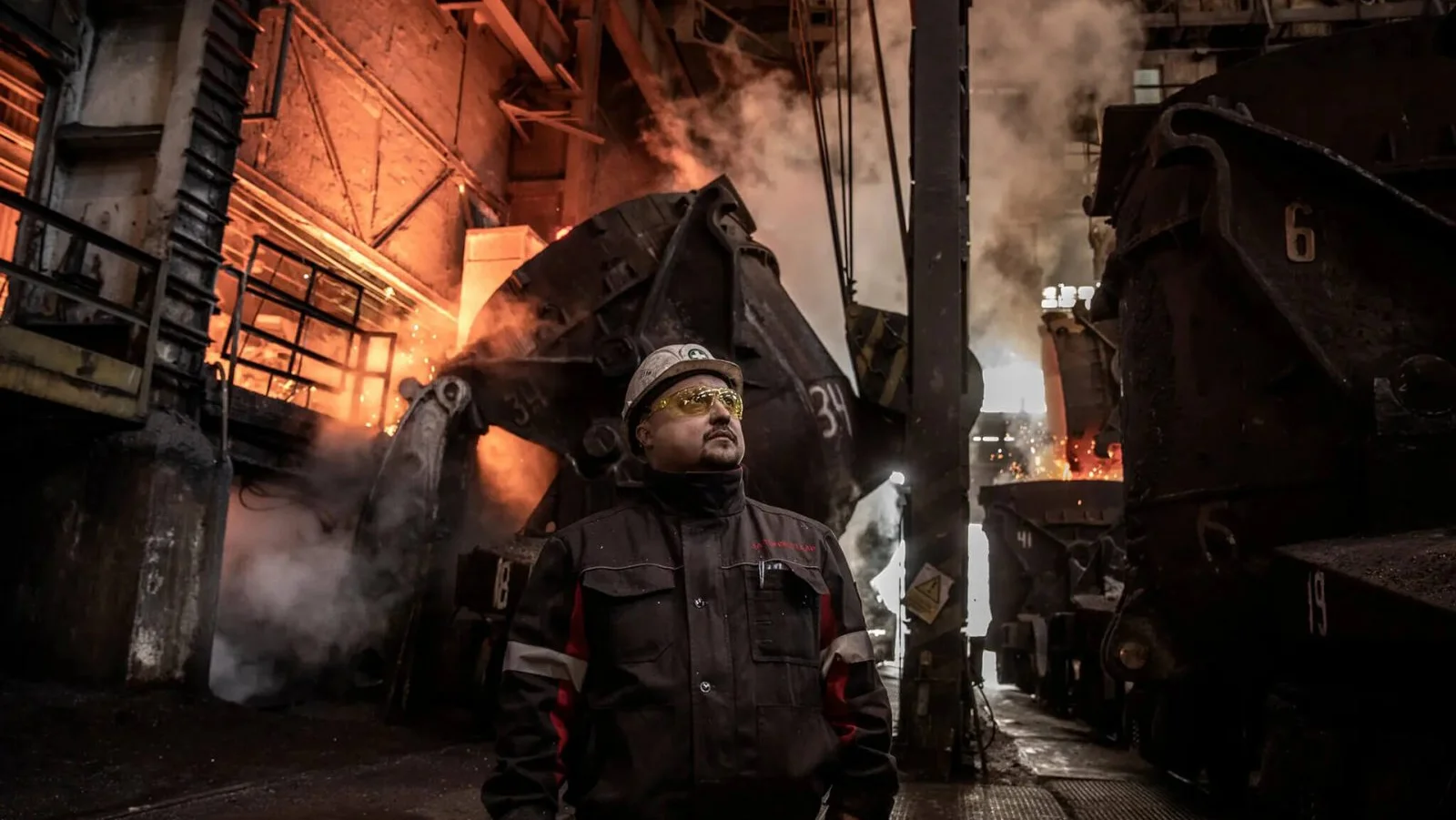
Like Azovstal, Zaporizhstal features an expansive tangle of pipelines, smokestacks and tubes feeding into blast furnaces and foundries operated by 5,000 workers per shift. Sixteen well-equipped bomb shelters can sustain 300 people each for days.
When air raid sirens sounded one afternoon in November, workers filed down concrete stairwells and through thick metal hatches to the underground shelters, where they sat on benches and surfed the internet on mobile phones while awaiting the all-clear.
Once that came, the workers resumed their jobs until they and Mr. Mashchenko ended their shifts and filtered past a Soviet-era sculpture looming over the entrance to Zaporizhstal. The rectangular statue depicts muscular steelworkers handing a sword to soldiers marching off to war — a reminder of Ukraine’s powerful link between the military and metal.
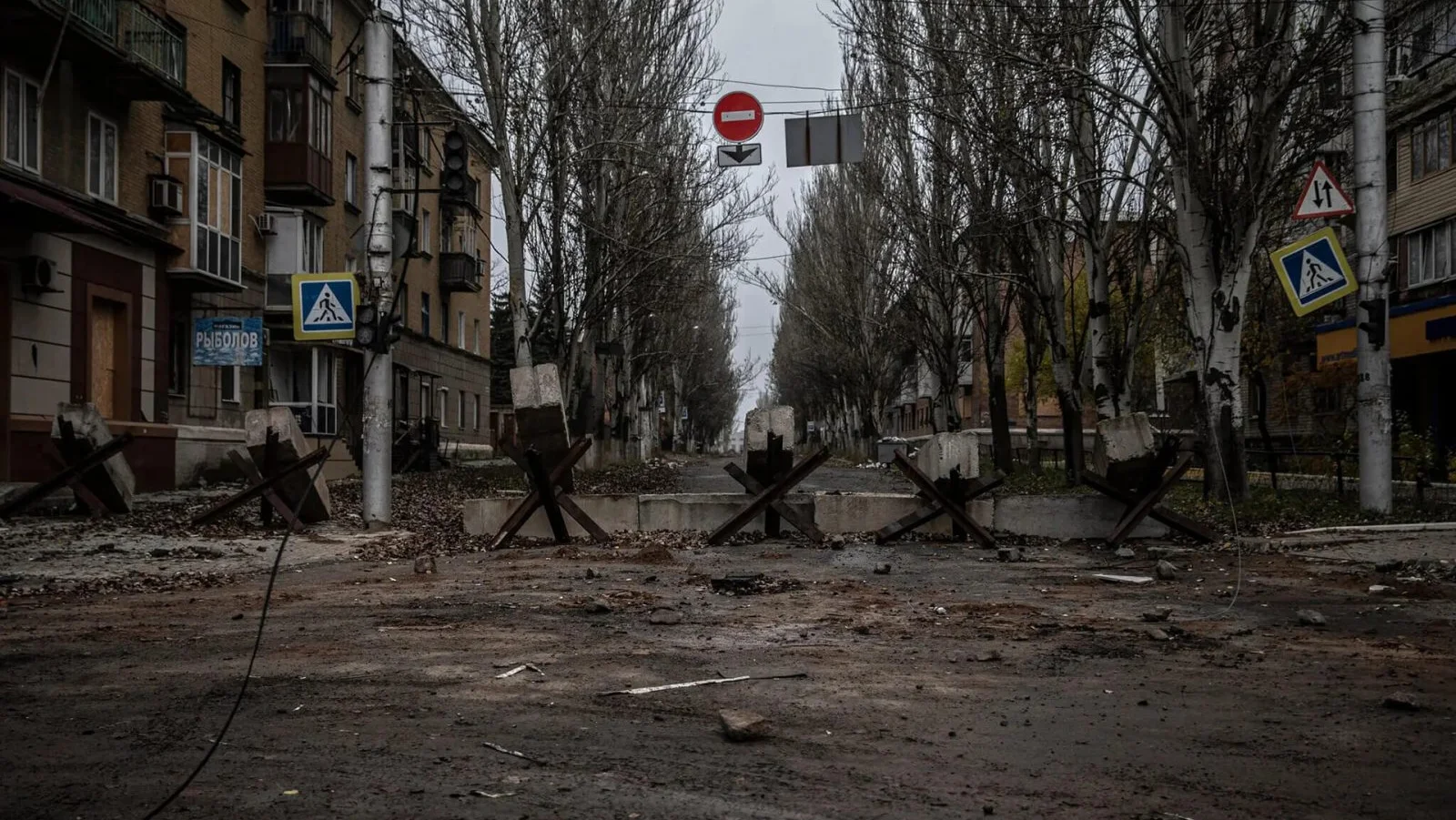
* Zaporizhstal is classified as a joint venture and not as a subsidiary of Metinvest, which has an indirect effective interest of 49.997% in Zaporizhstal.